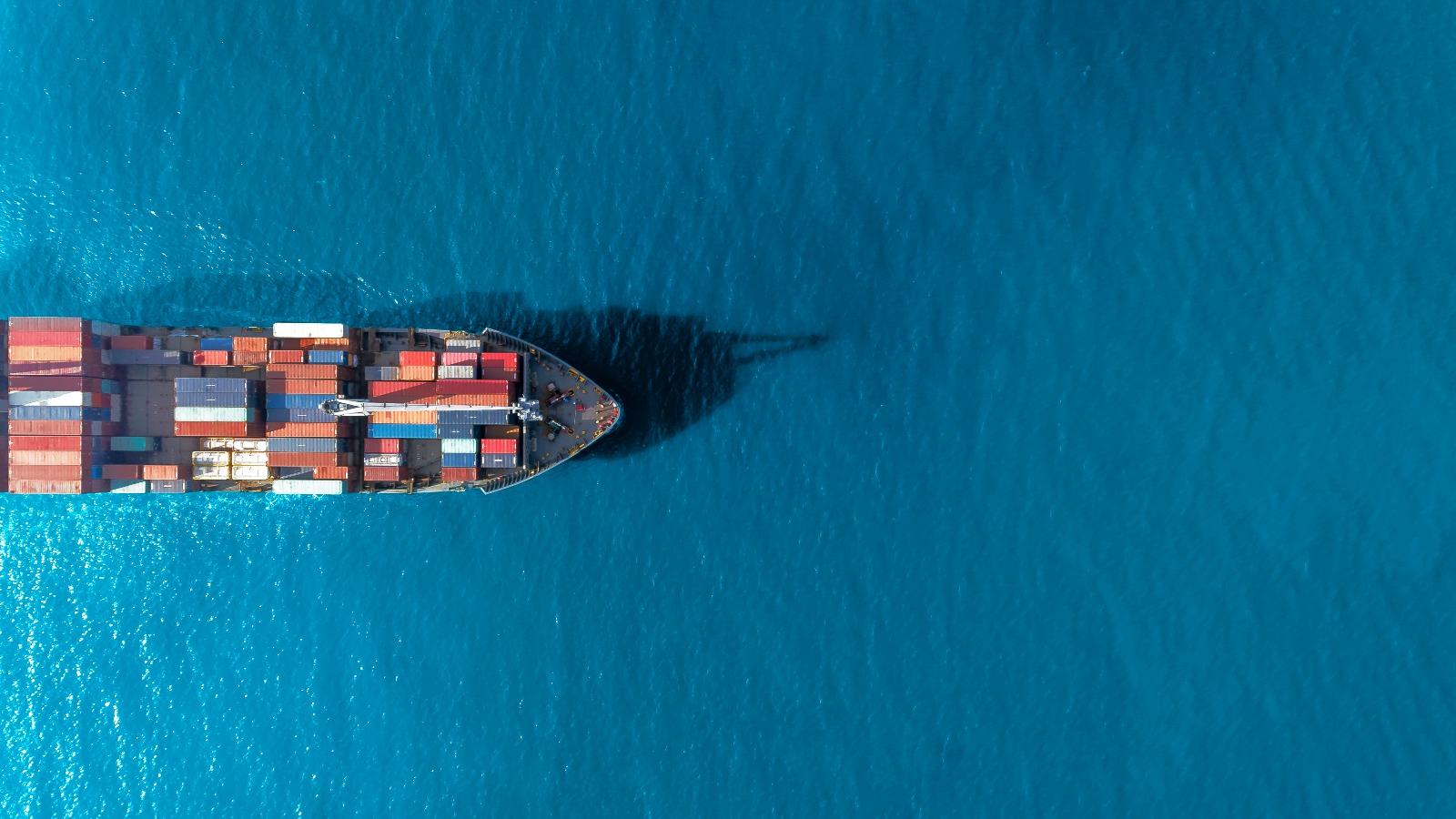What is the EU ETS?
The EU ETS is a market-based mechanism that has been in place since 2005 and which is designed to reduce GHG emissions from the power and industrial sectors. In brief, the ETS places a cap on the total amount of emissions that these sectors can produce and then issues allowances for these emissions that can be bought and sold on a carbon market. The system aims to create an economic incentive for companies to reduce their carbon emissions, as those that emit less than their allowance can sell their surplus allowances to those that emit more.
In May 2023, the EU ETS was extended to the maritime sector, which is responsible for around 2.5% of global GHG emissions. With this extension, all ships calling at EU ports will be required to obtain allowances covering their emissions. The system will apply to all shipping companies operating vessels of over 5,000 gross tonnages, regardless of their flag or ownership, and will cover emissions from voyages within EU territorial waters as well as from voyages between the EU and third countries. It is envisaged that the scope of ETS in the maritime sector may be broadened to include vessels between 400 and 5,000 gross tonnage, in future years.

‘Shipping company’ is defined as the shipowner or any other organisation or person, such as the manager or the bareboat charterer, that has assumed the responsibility for the operation of the ship from the shipowner and that, on assuming such responsibility, has agreed to take over all the duties and responsibilities imposed by the International Management Code for the Safe Operation of Ships and for Pollution Prevention, set out in Annex I to Regulation (EC) No 336/2006 of the European Parliament and of the Council.

The allocation of allowances and the application of surrender requirements in respect of maritime transport activities shall apply in respect of:
- 100% of the emissions from intra-EU maritime voyages;
- 100% of emissions from ships at berth in EU ports;
- 50% of emissions from voyages that start or end at EU ports.
Overall, the extension of the EU ETS to the maritime sector represents a significant development in the fight against climate change. By creating an economic incentive for shipping companies to reduce their emissions, the EU is taking a major step towards a more sustainable future.
How can we help?
The extension of the EU ETS to the maritime sector may present both challenges and opportunities for shipping companies. Reach out to us if you need any help navigating these challenges and seizing new business opportunities in the evolving low-carbon economy.
Contact us


















